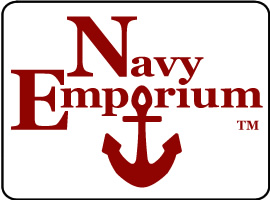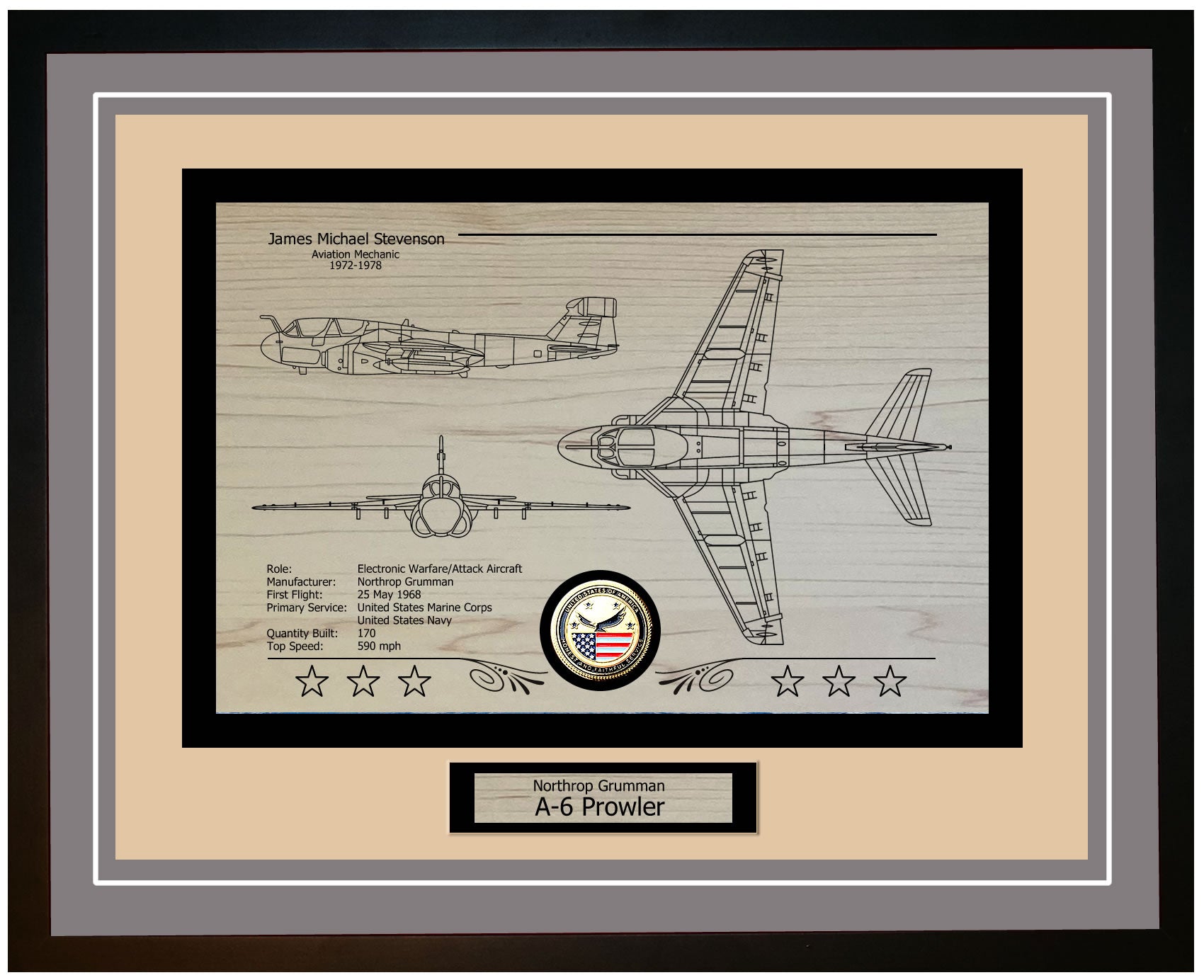The USS Barr (DE 576) was a Buckley-class destroyer escort constructed during World War II, built to enhance the U.S. Navy's capabilities in submarine warfare. Construction began on November 5, 1943, at the Bethlehem Hingham Shipyard in Hingham, Massachusetts, one of the many shipyards working tirelessly to support the war effort. The Barr was launched on December 28, 1943, and officially commissioned into service on February 16, 1944.
Named in honor of Pvt. Woodrow Wilson Barr, a U.S. Marine who was posthumously awarded the Navy Cross for his bravery during the Battle of Guadalcanal, the ship carried his legacy of valor and dedication. Naming the ship after Pvt. Barr was a tribute to his heroism and a recognition of the sacrifices made by many service members during the war.
The USS Barr was specifically designed for anti-submarine warfare (ASW) operations. Armed with three 3-inch/50 caliber guns, various anti-aircraft weapons, and depth charge launchers, it was also equipped with a submarine mortar—a forward-throwing device that enhanced its effectiveness in combat against enemy submarines. The ship featured a turbo-electric drive system, providing excellent maneuverability and efficiency, which made it well-suited for convoy escort duties and submarine hunting.
During its service in World War II, the Barr played a critical role in protecting convoys and safeguarding the transport of troops and supplies across the Atlantic. Its missions were crucial in countering the threat posed by German U-boats, which had been targeting Allied shipping routes. As part of the Buckley class, the Barr was smaller and more agile than larger destroyers, making it ideal for escorting convoys and engaging in anti-submarine warfare. The ship’s design reflected the Navy’s lessons learned from earlier destroyer escort experiences and proved effective in its role.
The USS Barr was commissioned on February 16, 1944, under the command of Lieutenant Commander John F. Walling. The commissioning ceremony marked the beginning of its dedicated service to the Navy, with its crew ready to face the challenges of securing the Atlantic and ensuring the safe passage of Allied forces. Through its service, the Barr contributed significantly to the Navy’s efforts to dominate the seas during World War II, highlighting the vital role of destroyer escorts in protecting vital shipping routes and combatting submarine threats.
USS Barr DE-576: A Technological Marvel of Naval Warfare
During World War II, the USS Barr (DE 576) proved to be a versatile and well-designed destroyer escort, belonging to the Buckley class. Measuring 306 feet in length, with a beam of 36.75 feet and a draft of 9 feet 5 inches, the ship was renowned for its welded steel hull, which offered both strength and durability while allowing for faster construction compared to traditional riveted vessels. The ship’s superstructure was designed for operational efficiency, with the bridge and gun platforms strategically positioned to ensure swift responses to threats. The layout of the ship was thoughtfully arranged, facilitating smooth crew movement between stations, maximizing operational readiness.
Technologically advanced for its time, the USS Barr was powered by two General Electric turbo-electric drive engines, generating 12,000 shaft horsepower. This provided the ship with speeds of up to 23 knots, enabling it to perform effective escort missions and anti-submarine operations. Additionally, it was equipped with essential radar and sonar systems, such as the SL surface search radar and QCE 1 sonar, which were crucial for detecting both enemy submarines and surface vessels in the challenging combat environments of the Atlantic and Pacific theaters.
The ship’s armament was designed to offer a balanced defense against multiple threats. It was equipped with three 3-inch/50 caliber dual-purpose guns capable of engaging both surface and air targets. Supporting these were four 1.1-inch/75 caliber guns and eight 20mm Oerlikon cannons for anti-aircraft defense. To combat submarine threats, the USS Barr carried depth charge projectors and racks, making it a key player in safeguarding convoys from underwater dangers.
In addition to its anti-aircraft and anti-submarine weapons, the USS Barr also featured torpedo tubes and hedgehog anti-submarine mortars. The torpedo tubes were capable of launching Mark 15 torpedoes against enemy ships, while the hedgehog mortars could release charges ahead of the ship, increasing the chances of successfully hitting submerged submarines. With this wide array of armament, the USS Barr was well-equipped to confront a variety of threats, ranging from enemy aircraft and surface ships to elusive submarines.
The combination of advanced technology and versatile weaponry made the USS Barr a formidable asset to the U.S. Navy, ensuring its significant role in operations throughout World War II.
USS Barr DE-576 Crew Member Reports of Time Aboard
USS Barr DE-576: Evolution of a Naval Guardian
The USS Barr (DE 576) underwent several upgrades throughout its service, improving its operational capabilities and extending its usefulness within the fleet. Originally commissioned as a destroyer escort during World War II, the ship was outfitted with sonar and radar systems designed for anti-submarine warfare (ASW). These systems were regularly updated to keep pace with technological advancements. Notable improvements in the early 1950s included enhanced sonar equipment and sophisticated radar systems, significantly boosting its detection and tracking abilities. Additionally, the ship's armament was upgraded with anti-aircraft guns and depth charge projectors, ensuring the USS Barr remained a potent force in both ASW and air defense operations.
As the ship received these upgrades, its mission capabilities evolved. Initially tasked with escorting convoys and protecting them from submarine threats, the USS Barr was equipped with new technologies and weaponry that allowed it to take on a broader range of roles. The improved sonar and radar systems enabled the ship to participate in ASW missions, including hunter-killer operations where it actively sought and engaged enemy submarines. The enhanced anti-aircraft capabilities also allowed the USS Barr to provide air defense for the convoys and task groups it accompanied. These expanded capabilities made the USS Barr a flexible asset, able to adapt to the evolving demands of naval warfare during and after World War II.
Throughout the war, the USS Barr played a crucial role in protecting Atlantic convoys from the constant threat of U-boats. Its effectiveness in ASW operations ensured the safe transportation of supplies and personnel across the Atlantic, contributing to the overall success of the Allied war effort. After the war, the ship continued to serve by participating in training exercises and fleet operations that helped refine naval tactics and test new technologies. Its versatility and reliability made it a valuable resource for naval training and preparedness during peacetime.
In essence, the USS Barr (DE 576) represented the advancements in naval warfare technology and tactics through its upgrades and expanded mission roles. Transitioning from a convoy escort to a vessel capable of advanced ASW and air defense, the Barr demonstrated exceptional adaptability and effectiveness. Its significant contributions before and after World War II underscore its vital role in safeguarding maritime activities and advancing naval technology. The lasting legacy of the USS Barr highlights the importance of flexibility and continual enhancement in military resources.
USS Barr DE-576: Guardian of the Seas - A Chronicle of Valor and Service
.
The USS Barr (DE 576) played a key role in significant operations throughout its service during World War II. Launched in 1944, the ship's primary mission was to protect convoys crossing the Atlantic Ocean, a critical task for the Allied war effort. The USS Barr made numerous transatlantic voyages, ensuring the safe transport of troops, supplies, and equipment essential to the European theater. By providing escort services, the ship helped deter the threat of German U-boats that targeted Allied shipping routes. Through its diligent escort duties, the Barr significantly contributed to the transportation of vital resources and strengthened the overall Allied campaign.
In addition to its escort duties, the USS Barr actively participated in anti-submarine warfare (ASW) operations. Equipped with advanced technology and depth charge capabilities, it proved to be a formidable opponent against enemy submarines. One notable event occurred in April 1944 when the USS Barr and other escort vessels successfully detected and engaged a U-boat. Through their coordinated efforts, they managed to sink the enemy submarine, demonstrating the ship's effectiveness in ASW operations. This victory highlighted not only the crew's skill but also the crucial role of destroyer escorts in maintaining dominance over the Atlantic.
After its service in the Atlantic, the USS Barr was reassigned to the Pacific theater. During key phases of World War II, it participated in operations supporting the invasion of Okinawa, an amphibious assault in the Pacific. The Barr provided escort and screening services for larger ships, protecting them from kamikaze attacks and other threats. Its flexibility and effectiveness were evident as it seamlessly transitioned from the Atlantic to the Pacific, making significant contributions to securing victory for the Allies.
The USS Barr's actions during these operations were vital to the success of the war effort and the eventual peace that followed. Throughout its service, the ship received numerous awards and commendations for its outstanding performance and the dedication of its crew. Among the honors were the American Campaign Medal, the European-African-Middle Eastern Campaign Medal with a battle star, and the Asiatic-Pacific Campaign Medal. In addition, it was awarded the World War II Victory Medal in recognition of its contributions to the Allied victory. The ship's distinguished record stands as a testament to the courage and expertise of its crew, securing its place in the annals of history.
USS Barr DE-576 Ship Specifications
| Specification | Details |
|---|---|
| Class | Buckley Class Destroyer Escort |
| Commissioned | February 15, 1944 |
| Displacement | 1,740 tons |
| Length | 306 feet |
| Beam | 36.9 feet |
| Draft | 10.6 feet |
| Speed | 24 knots |
| Complement | 213 |






